Table of Contents
Introduction
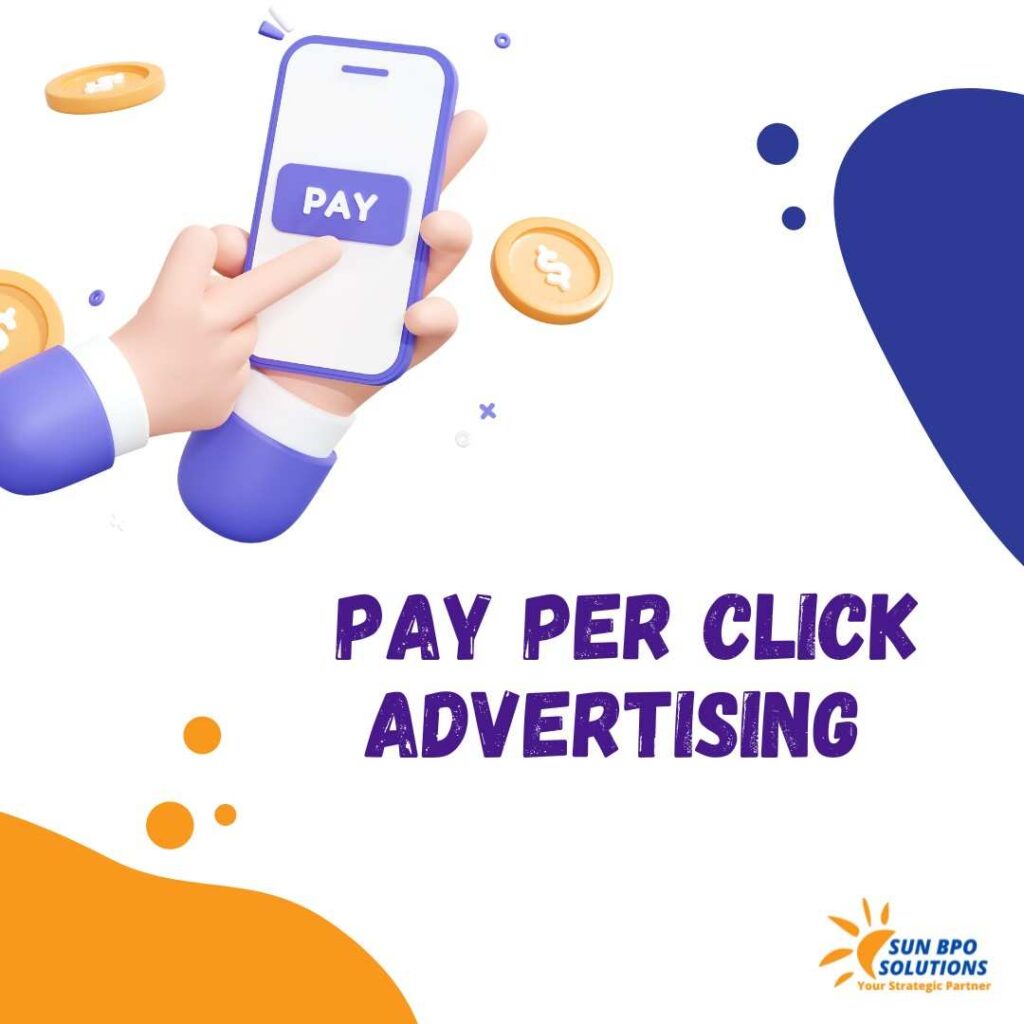
1. The Development of Automation and AI in PPC
- 1.1. AI-Driven Ad Optimization
- Programmatic methods that employ the use of AI have redefined the approach that is used in placing of advertisements.
- AI helps to make changes where required instantly by evaluating bid and budget tendencies according to user interest.
- 1.2. Smart Campaigns and AI-Enhanced Ad Creation
- New generations of AI tools enable better ads through dynamic content – Google’s Smart Campaigns.
- This means that the Automated A/B testing can now produce insights at a faster pace, thus creating higher-quality of ads.
- 1.3. Performance Max Campaigns
- Performance Max campaigns by Google help in automating the placing of the ads across Google platforms such as YouTube, Display, and Search, among others through artificial intelligence.
- AI makes sure that the advertisement is relevant to the signs from the audiences, and the projected returns on investment.
2. Privacy-First Advertising: Navigating New Regulations
- 2.1. CCPA and G DPR’s effects on PPC
- Both GDPR and CCPA have mainly affected how advertisers gather and manage data from users across the world.
- Enforcement of these regulations makes it possible to foster trust but at the same time minimizes the potential of targeting the audience with ads.
- 2.2. End of Third-Party Cookies
- Some of the most recent changes that affect PPC marketers include the decision of major browsers to phase out third-party cookies.
- This points towards the importance of first-party data collection for advertisers to continue with their effective targeting mechanisms.
- 2.3. Ethical Advertising Practices
- By 2024, it is imperative that the procedures for gathering and utilizing data be made clear.
- Ethical practices that could protect users’ right can also be beneficial to the company’s image and reputation.
3. First-Party Data and Personalization in PPC Campaigns
- 3.1. Importance of First-Party Data in 2024
- Since third-party cookies are not going to be a thing in the future, businesses must look at first-party data through CRM, customer interaction, and website logs.
- 3.2. Using First-Party Data to Enhance Ad Targeting
- Engagement can be raised via ads that are customized based on the user’s interests and behavior.
- Custom audience segments can be created with first-party data, increasing the relevance of ads.
- 3.3. Predictive Targeting with First-Party Data
- Using professional statistics makes it possible for advertisers to predict the behavior of customers through historical analysis in order to make compelled marketing campaigns.
4. The PPC Industry’s Growth in Video and Visual Content
- 4.1. The Dominance of Video Ads
- Since video still dominates digital content, PPC tactics must include it.
- Platforms like YouTube and Instagram Stories are excellent avenues for integrating video into PPC campaigns.
- 4.2. Visual Search Ads
- Visual search capabilities are enhancing the user experience, offering more interactive and engaging ad formats.
- Google’s visual search tools allow users to find similar products, boosting ad click-through rates.
- 4.3. Interactive Ad Formats
- Brands now have more chances to develop immersive experiences thanks to the popularity of AR and VR advertisements.
- Interactive ads offer higher engagement rates and can differentiate brands from competitors.
5. Preparing for Voice Search in PPC
- 5.1. Voice Search’s Effect on Keyword Strategies
- Voice search is rapidly growing, particularly on mobile devices and smart speakers.
- Due to the increased specificity of voice search inquiries, conversational keywords and long-tail phrases are becoming increasingly important.
- 5.2. Optimizing PPC for Voice Search
- Marketers must optimize both ad copy and landing pages for voice search to ensure relevance.
- By focusing on location-specific searches, voice search optimization can be very helpful for local businesses.
6. Consumer Behavior Shifts and Mobile-First PPC Strategies
- 6.1. Mobile as the Primary Search Platform
- Since mobile devices now account for the bulk of search queries, mobile-first PPC campaigns are essential.
- Mobile ads should be designed with speed, responsiveness, and user experience in mind.
- 6.2. Adapting to Evolving User Expectations
- Consumers expect seamless experiences across platforms, requiring responsive ads and mobile-optimized landing pages.
- Maintaining user engagement requires mobile-friendly interfaces and websites that load quickly.
- 6.3. Micro-Moments in PPC
- Mobile users frequently engage in intent-driven micro-moments, such as “I want to know” or “I want to buy” searches.
- PPC campaigns targeting these micro-moments can capture user intent and drive higher conversions.
7. Measuring Success: New Metrics and KPIs for 2024
- 7.1. Transition from CTR to Engagement Metrics
- The sole important success statistic is no longer click-through rate (CTR).
- Engagement metrics such as time on site, bounce rates, and interaction rates are becoming more important.
- 7.2. Value-Based Bidding
- Value-based bidding enables advertisers to focus on high-value actions, such as conversions or purchases, rather than simple clicks.
- 7.3. Conversion Rate Optimization in 2024
- Increasing conversion rates will be mostly dependent on landing page optimization.
- Conversion-focused campaign optimization will continue to depend heavily on A/B testing and performance tracking.
Conclusion
As PPC advertising continues to evolve, staying ahead of trends in AI, automation, privacy, and user behavior will be critical for success in 2024. By leveraging first-party data, embracing new ad formats, and optimizing for mobile and voice search, businesses can ensure their PPC strategies remain effective. PPC marketers must focus on personalization, ethical data practices, and new metrics to drive higher engagement and conversions in the coming year.
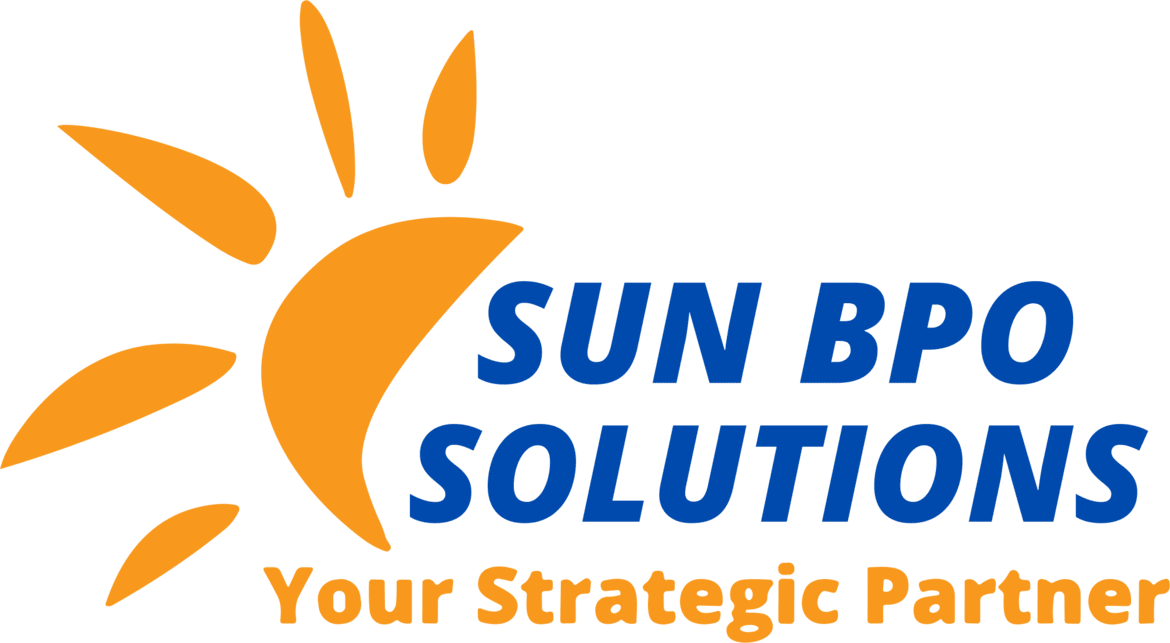
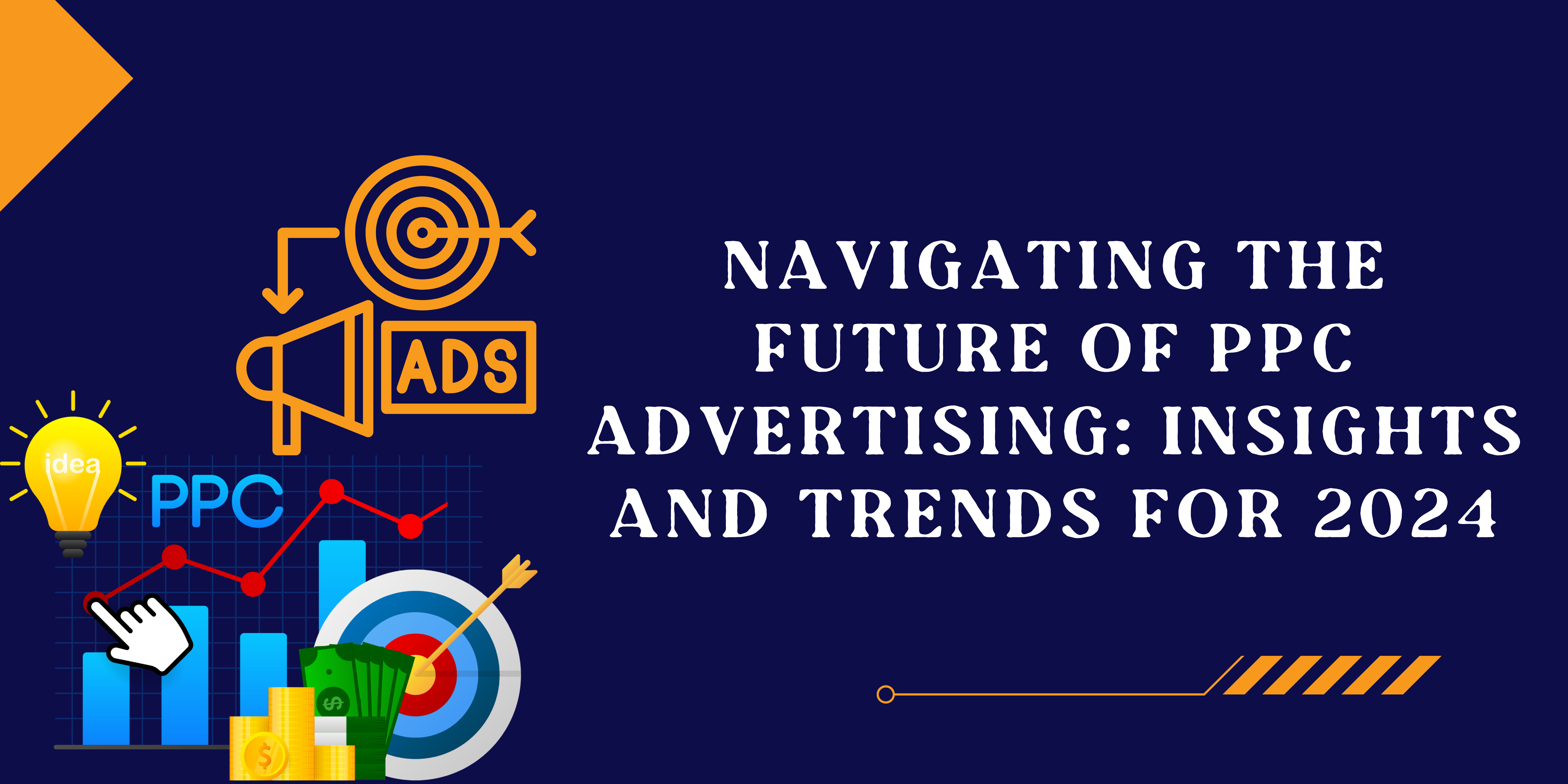
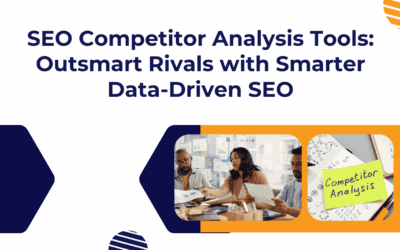
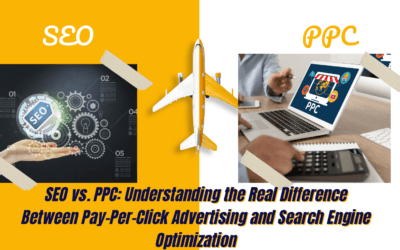
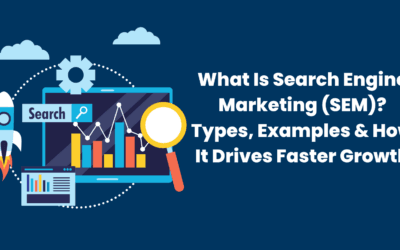
0 Comments